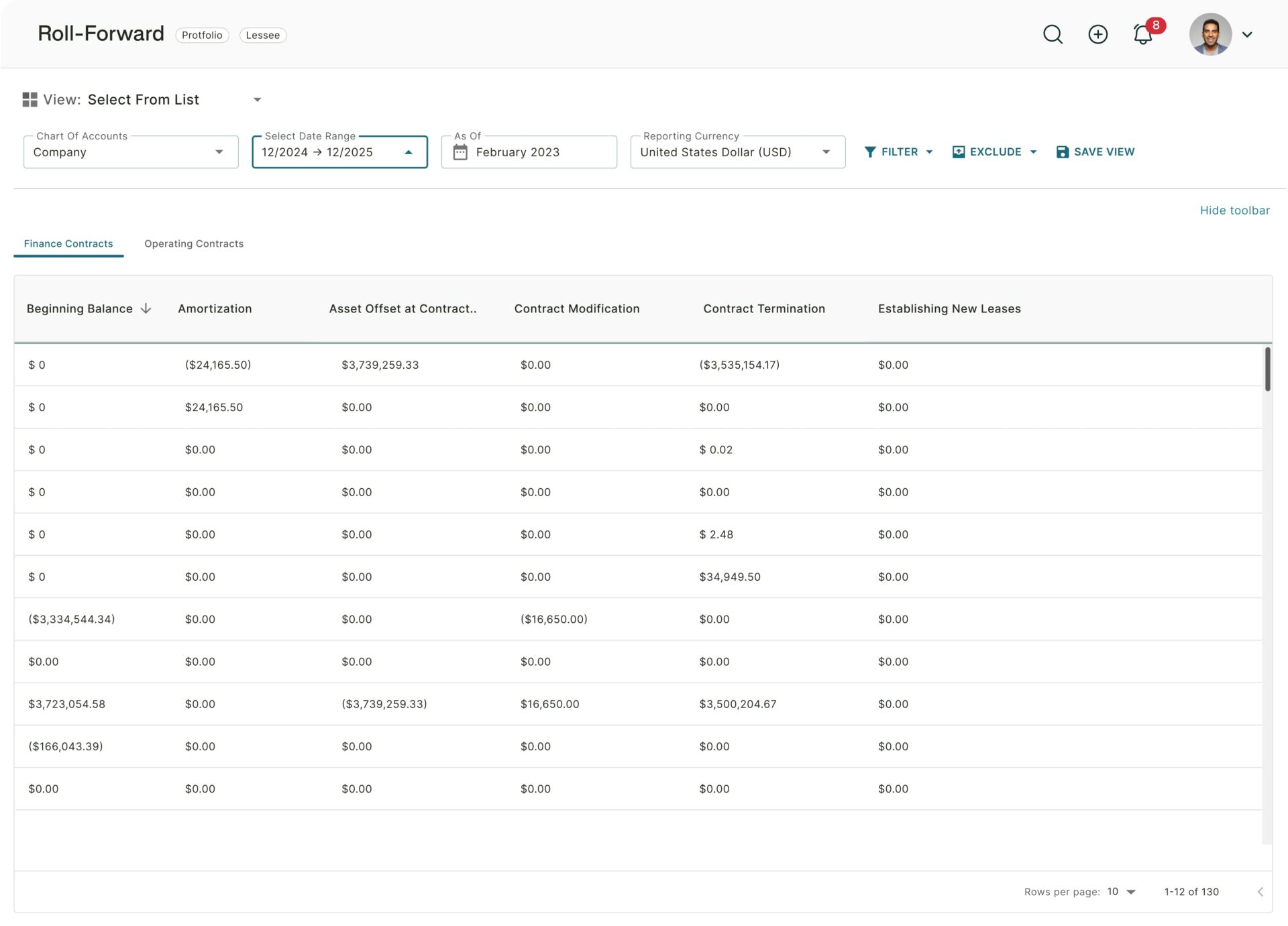You’ve probably heard of GASB 96. You might also have heard how GASB 96 is going to impact various people and organizations. But what exactly is GASB 96, what will its impact be, and why is it being billed as “The Next Big Thing?”
What Is GASB 96?
GASB 96 is set to be launched by the Government Accounting Standards Board (GASB). The GASB establishes accounting and financial reporting standards for U.S. state and local governments that follow Generally Accepted Accounting Principles (GAAP). This is as opposed to the FASB, which establishes rules for private-sector accounting. Both organizations are part of the Financial Accounting Foundation (FAF). For more details here’s our summary of GASB 96.
GASB 96 provides guidance on the accounting and financial reporting for subscription-based information technology arrangements (SBITAs) for government end users.
Essentially, the GASB 96 Statement elaborates on 4 main points:
- Defining an SBITA (a “contract that conveys control of the right to use another party’s (an SBITA vendor’s) information technology software, alone or in combination with tangible capital assets”)
- Establishing that an SBITA results in a right-to-use subscription asset – an intangible asset – and a corresponding subscription liability
- Providing the capitalization criteria for outlays other than subscription payments, including implementation costs of an SBITA
- Note disclosures regarding an SBITA
The GASB 96 Statement goes into more detail regarding the term of the arrangement, and when a subscription liability should be recognized (a government should recognize the subscription liability at the commencement of the subscription term).
The two major components in this Statement are the subscription asset, and the subscription liability.
Subscription Liability
Initial measurement: the subscription liability should be initially measured at the present value of subscription payments expected to be made during the subscription term. Future subscription payments should be discounted “using the interest rate the SBITA vendor charges the government, which may be implicit, or the government’s incremental borrowing rate if the interest rate is not readily determinable”.
Amortization: Amortization of the discount on the subscription liability should be recognized as an outflow of resources – for example, as an interest expense – in subsequent periods.
Subscription Asset
Initial measurement: the subscription asset should be initially measured at the sum of:
- the initial subscription liability amount (see above)
- payments made to the SBITA vendor before commencement of the subscription term
- capitalizable implementation costs, less any incentives received from the SBITA vendor at or before the commencement of the subscription term
Amortization: amortization of the subscription asset should be recognized as an outflow of resources over the subscription term.
Activities associated with an SBITA
Certain activities associated with an SBITA that are not related to subscription payments need to be accounted for in specific ways. These must be grouped into three stages, and their costs accounted for accordingly. The three stages are:
- Preliminary Project Stage: this includes activities such as evaluating alternatives, determining the technology needed, and selecting an SBITA vendor. Outlays in this stage should be expensed as incurred
- Initial Implementation Stage: this includes all ancillary charges that are necessary in order to place the subscription asset into service. Outlays in this stage generally should be capitalized as an addition to the subscription asset
- Operation and Additional Implementation Stage: this includes activities like subsequent implementation activities, maintenance, and any additional activities for a government’s ongoing operations that are related to an SBITA. Outlays in this stage should be expensed as incurred unless they meet specific capitalization criteria
Why Does GASB 96 Matter?
Every organization today utilizes the cloud and IT subscription services – from Amazon Web Services to Google Workspace, Office 365 to Slack or cybersecurity products – and governments are no different.
With subscription payments for such services simply expensed, there was little visibility into the obligations or liabilities that governments had. The GASB stepped in with GASB 96 in order to regulate the accounting and disclosure around this critical issue, and ensure that the “full picture” of governments’ obligations is presented to users of the financial statements.
The GASB sought consistency in accounting for payments for these services, which have become ubiquitous. This will by extension enhance compatibility, relevance and reliability of financial statements. Critically, readers of governments’ financial statements will be able to better understand governments’ obligations and assets.
Who is this relevant for? If you are one of these entity types – or do business with such an entity – this is relevant for you: state and local governmental entities, including general purpose governments; public benefit corporations and authorities; public employee retirement systems; public utilities, hospitals, and other healthcare providers, and colleges and universities. Internal finance professionals and external auditors specifically have a huge role to play in GASB 96’s implementation.
This wide-ranging standard is thus set to have a tremendous impact on a number of sectors, organizations and specific roles.
From When Is GASB 96 Effective?
The requirements of GASB 96 are effective for fiscal years beginning after June 15, 2022. Early application is encouraged. This deadline was actually moved back by one year (it was first set to become applicable in 2021), in order to provide relief for preparers due to the coronavirus pandemic.
GASB 96: Changes Are Ahead
Just like ASC 842 will have a huge impact on private-sector companies, so too will GASB 96 affect government-related and public entities.
In fact, GASB 96 has many similarities to GASB 87, “Leases”, which has meant tremendous changes in terms of lease recognition, measurement, and disclosure. Although GASB 87 is applicable for periods beginning after June 15, 2021, already government-related entities are encountering the sweeping changes required by the Statement.
With big changes ahead and early adoption encouraged, what should be your first step when it comes to GASB 96?
One of the most important things you can do is upgrade the way you deal with leases and subscription payments. It’s time to leverage the power of AI technology to ensure you’re up to speed with GASB 96 and prepared for future changes with best practices already in place.





